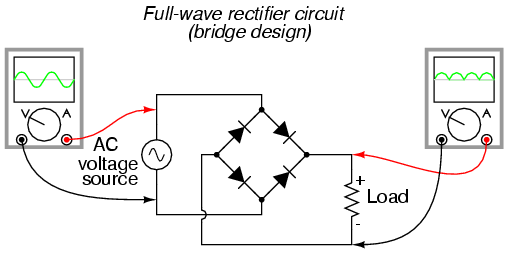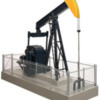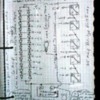Originally Posted by MakingTheGrade:
Many thanks for the information Dale! I'm learning more and more about electronics via this hobby 
Could you or someone here please explain in layman terms the difference between this "half wave pulsed DC voltage" versus the 'full wave' rectification provided by a bridge rectifier?
What would be the pros or cons of using one versus the other in the example of this DC powered oil pump accessory, is it the "filtering" or is there a notable difference in the operation of the motor?
I'm surprised the additional note enclosed with the oil pump does not mention halving of voltage..."12 volts max. 8 volts is best" (from the note)...that would be 6 volts and 4 volts respectively.
Thanks again,
Robert
Hello Robert
During the infancy of electrification of America there was competing ways to generate it. Thomas Edison wanted DC and Tesla developed and wanted AC. Tesla's AC system won out and that is the standard today in America. AC is generated in pulsed current. On a scope it looks like this

For convention in America it was decided that the generator turn at 60 RPS. So 60 of these complete cycles happen each second. Power is transmitted at high voltage,in 3 phases then split,then stepped down with transformers. 220 volts AC come into your house and is in your service panel then it is split again into 110 volts for your common wall socket.( A heavy appliance such as an electric stove may still use 220).
Now if you plug in a PW type transformer into thew wall,the voltage is reduced again down to 18 volts. The above sine wave then pulses peaking from about + 25 volts to -25 volts,60 times per second. Notice sometimes it is zero. The average voltage is 18 called RMS (root means square). RMS time 1.41 is the peak voltage.
If a diode is added in series to a load half of the sine wave is blocked and the other half is conducted with a .6 volt drop. It would look like this,with the diode reversed it would block the top half and conduct the bottom half.

Since half the wave is blocked you get half of the effective power. So 18 VAC becomes 9 volts DC. A motor,light bulb etc would run OK this way and if we wanted 9VDC this would work. The asymmetric wave would also vibrate those old Lionel types better such as the radar tower.
Now if a bridge rectifier is used ( 4 diodes configured a certain way),the sine wave would look like this

Neither half of the wave is blocked,so 18 volts AC in would be 18 volts DC out. There would be a small voltage drop from the bridge,about .6 volts. This would be too much for your accessory but a string of diodes in series with the load would drop voltage further if needed.
Adding a capacitor would straighten out the pulsed current and if it were sufficiently large for the load it would approach a straight line instead of pulsing

The voltage would also be charged to peak,so 18VAC in would become 25 volts DC out (18 times 1.41,the square root of 2)
Electronic devices,computers.radios,etc like smooth DC current,called filtered DC. This type current is also made from a battery. A voltage regulator installed would provide various voltage needed. 7805,5 volts,7812, 12 volts whatever the device needs. Your car has one of these to run instruments and lights. The alternator generates AC,it is rectified full wave then goes through a regulator I think.
Filtered DC can be made from either the bridge rectifier (Full wave) or the single diode (half wave). The bridge rectifier is more efficient and less capacitance is needed for the same results.

Here is a good Utube video explaining
www.youtube.com/watch?v=cyhzpFqXwdA
Dale H





















